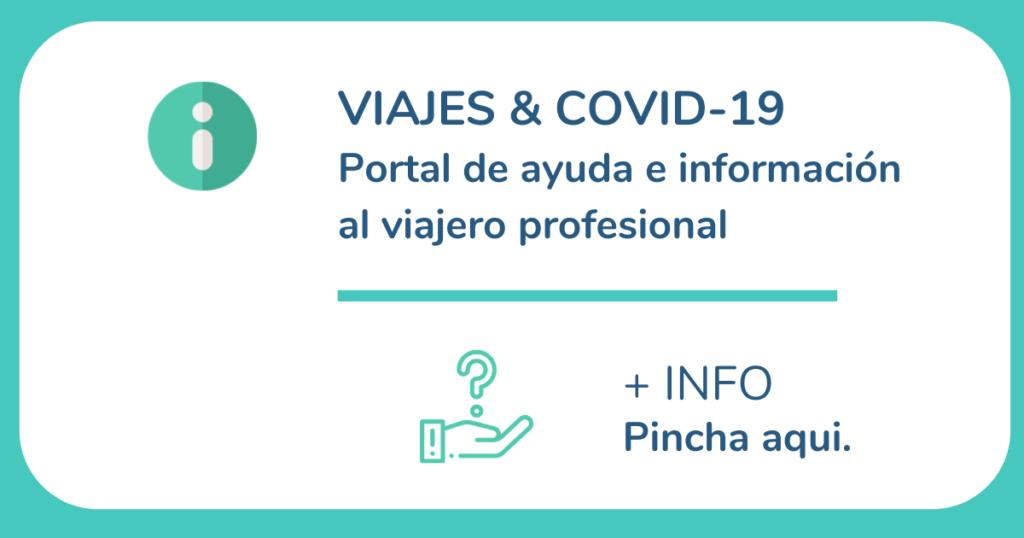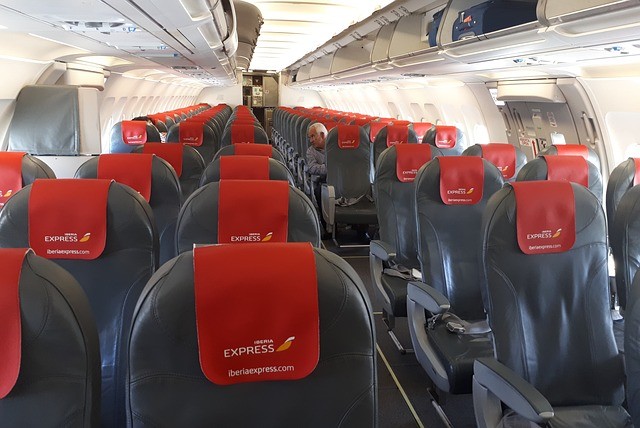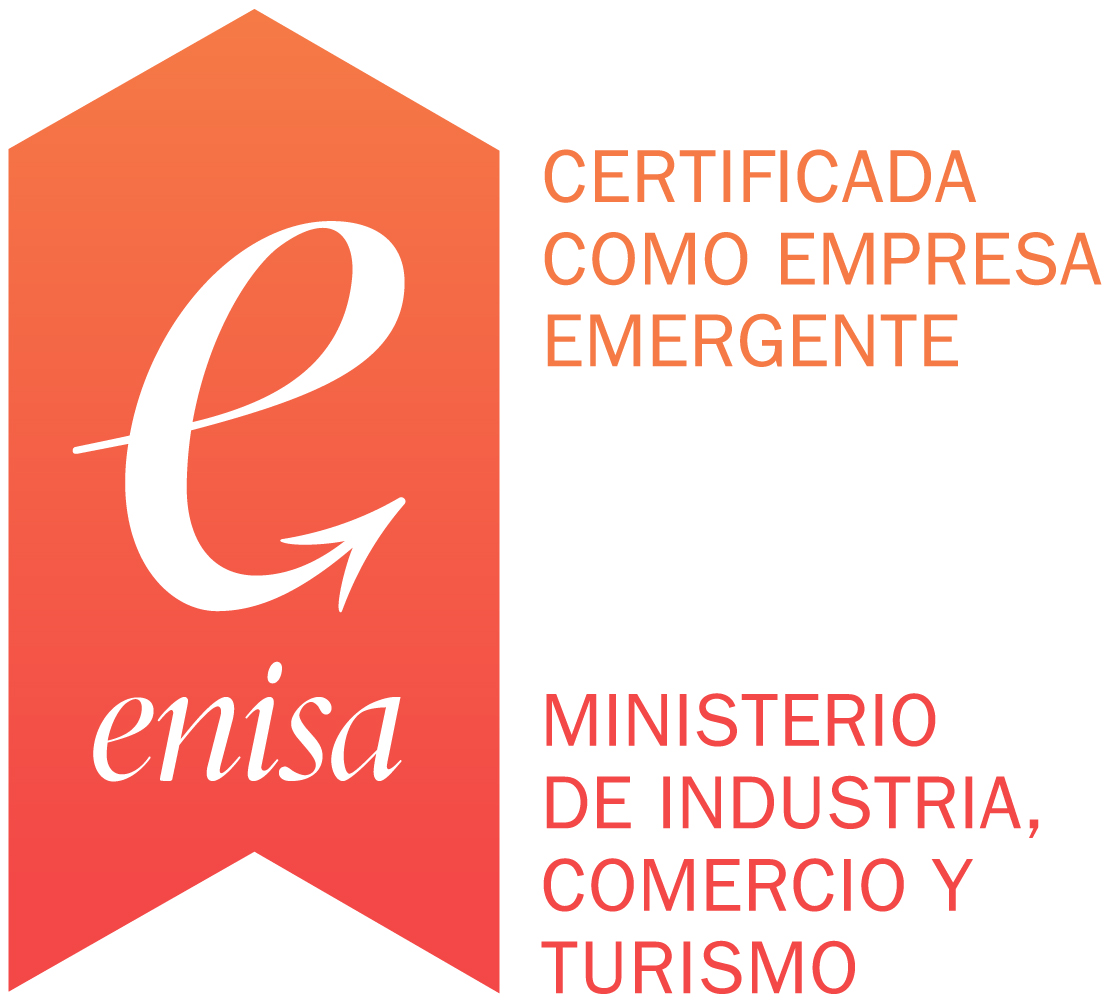Iberia has started to apply the measures of the Aviation Health and Safety protocol developed by the European Aviation Safety Agency (EASA) together with the European Centre for Disease Prevention and Control (ECDC), in order to reactivate aviation and reduce the risk of contagion. The airline reminds that those passengers who do not comply with the required measures will be denied access to the airport or to the aircraft, and if on board, they will be treated according to the protocol established for disruptive passengers.
Airports
- Only travelers and employees will be allowed access.
- Implement a safety distance of 1.5 meters.
- Increase the cleanliness of the facilities.
- Promote hygiene measures among passengers and personnel.
- Reopen non-essential services, initially those where the safety distance established by the country for similar services can be met. If this is not possible, the airport will provide water for passengers.
- Avoid contact and touching surfaces as much as possible. Use electronic alternatives when possible, such as online check in, for example.
Information and health declaration
- Passengers will receive information about the symptoms of Covid19 and the risk of possible contact with cases and have to confirm that they have read this information and sign or accept electronically a health declaration, according to the model.
- Information on prevention and hygiene measures must be available throughout the airport (entrances, screens, boarding gates, lounges, etc.).
- Also in airplanes, preferably in audiovisual format, but when this is not possible, in brochures on the seats.
- Before going to the airport, they should be informed of the need to wear masks, and also that if they have symptoms they should not go.
Use of masks
- Use of face masks at the airport and in the airplane, for those over 6 years of age.
- The type of mask should be medical (surgical...), covering the mouth, nose and chin. Homemade, cloth, etc., are not recommended.
- The passenger should carry the masks needed for the entire trip, to be changed every four hours or sooner if it gets wet, or as indicated by the manufacturer's instructions.
- In addition to masks, customers should follow the rest of the prevention measures: hand washing, coughing or sneezing into a tissue or elbow, avoiding touching surfaces...
Embarkation and disembarkation
- Special procedures shall be put in place to maintain the safety distance. Where this is not possible, additional risk mitigation measures, such as hand hygiene, respiratory etiquette, etc., shall be implemented.
- Minimize carry-on baggage.
On board
- Include information material with preventive measures: hand hygiene, use of masks, respiratory etiquette, limiting contact with surfaces, simplified on-board service, reducing the use of individual air conditioning outlets.
- Prevent customers from queuing in the aisles or galleys to use the restroom.
- Use or install HEPA filters that have been proven effective in removing Coronavirus-sized particles.
- If flight occupancy permits, airlines will do their best to keep safe distances between people who are not family or traveling together. If this is not possible, other measures such as frequent hand washing, coughing or sneezing into a handkerchief or elbow, avoiding touching surfaces, wearing a mask should be reinforced.
- Onboard service should be kept to a minimum to reduce contact between crew and passengers: no sales on board, packaged food, drinks in individual cans, etc.
- As of the date of issuance of these guidelines, there have been no confirmed infections on board.
If you need any help when traveling you can access the following portal and request a personalized consultation:







